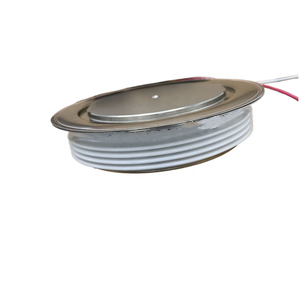Thyristors Online | High-Quality Power Semiconductors
PRODUCT PARAMETERS
Description
Overview of Heatlinks
Heatlinks function by providing a path of low thermal resistance between a heat source (such as an electronic component) and a heat sink or cooling system. They can be particularly useful in environments where space constraints limit the use of traditional cooling methods, or when a passive thermal management solution is preferred.
Heatlinks can operate based on different principles, including phase change materials, solid-state conduction, or even fluid-based systems. The choice of technology depends on the application’s specific requirements, such as operating temperature range, power dissipation levels, and spatial limitations.
Features of Heatlinks
High Thermal Conductivity: Designed to offer high thermal conductivity, ensuring efficient heat transfer from the source to the sink.
Compact Design: Often compact, allowing them to fit into tight spaces within electronic assemblies or other equipment.
Passive Operation: Typically do not require external power to function, relying instead on the natural flow of heat from hot to cold areas.
Durability and Reliability: Manufactured to withstand repeated thermal cycles and harsh environmental conditions without degradation of performance.
Low Profile: Thin profiles help minimize the impact on the overall design of products.
Versatility: Can be tailored to fit various applications, from consumer electronics to industrial machinery and aerospace components.
Customizable: Available in different shapes, sizes, and configurations to meet specific design needs.
Cost-Effective: Provide an economical solution for thermal management compared to more complex cooling systems.
Minimal Maintenance: Generally require little to no maintenance once installed.
Environmental Compatibility: Designed to be compatible with a wide range of environments, including those that may contain corrosive elements or experience significant temperature fluctuations.
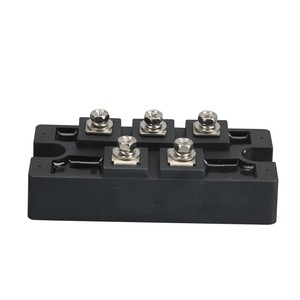
(custom aluminum extrusion heatsink aluminum heat sink)
Specifications of custom aluminum extrusion heatsink aluminum heat sink
Custom aluminum extrusion heatsinks provide efficient thermal management for electronic devices. These heatsinks use high-grade aluminum alloys. Common choices include 6063 and 6061. These materials balance strength and heat transfer. Aluminum is lightweight. It resists corrosion. This makes it suitable for harsh environments.
Heatsink dimensions vary based on application needs. Standard lengths range from 50mm to 1500mm. Cross-sectional profiles are customizable. Typical widths fall between 20mm and 300mm. Heights adjust from 10mm to 120mm. Tolerances stay tight. Most dimensions hold +/-0.1mm accuracy. This ensures proper fit with components.
Thermal performance depends on design and material. Aluminum conducts heat well. Conductivity levels reach 150-220 W/m·K. Finned designs increase surface area. This improves heat dissipation. Fin thickness and spacing affect cooling efficiency. Dense fins work for high-power applications. Wider spacing suits natural convection setups.
Surface treatments enhance durability and function. Anodizing is common. It adds a protective oxide layer. This prevents oxidation. It also improves emissivity. Colors like black or silver are available. Powder coating offers extra protection. It resists scratches and chemicals.
Customization options meet specific project requirements. Unique shapes are possible. Extrusion molds create complex profiles. Features like grooves or channels integrate with assemblies. Holes or threads can be added. These simplify mounting. Custom brackets or clips secure components.
Production processes ensure quality. Extrusion presses shape aluminum billets at high temperatures. Post-processing includes cutting and drilling. CNC machines achieve precise cuts. Testing verifies thermal performance. Prototypes are available for validation.
These heatsinks serve industries like electronics, automotive, and LED lighting. They cool CPUs, power converters, and LED arrays. Custom designs match airflow patterns. They optimize space in compact devices.
Costs depend on design complexity and order volume. Simple profiles are budget-friendly. Intricate shapes require custom tooling. Bulk orders reduce per-unit prices. Lead times range from 2-6 weeks.
Environmental factors matter. Aluminum is recyclable. Production waste gets reused. This supports eco-friendly manufacturing.
Contact the manufacturer with project details. Share temperature requirements and space limits. Provide CAD files for accurate quotes. Samples confirm fit and performance before full production.
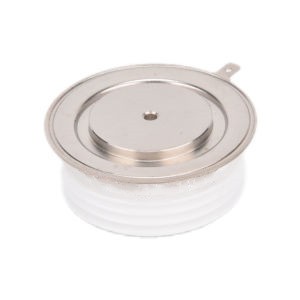
(custom aluminum extrusion heatsink aluminum heat sink)
Applications of custom aluminum extrusion heatsink aluminum heat sink
Custom aluminum extrusion heatsinks manage heat in many industries. Electronics need them to stop parts like processors and power modules from overheating. They fit into tight spaces because they can be made in exact shapes. This keeps devices running longer and prevents damage.
Automotive systems use these heatsinks in electric vehicles and battery systems. They cool parts that generate lots of heat during operation. Custom designs match the shape of components like inverters or charging units. This improves cooling without adding extra weight or size.
LED lighting relies on aluminum heatsinks to protect bulbs from high temperatures. The heatsinks pull heat away from the light source. This makes LEDs last longer and work better. Custom shapes let them fit into different fixtures, from streetlights to indoor lamps.
Industrial machinery uses these heatsinks in motor drives and power supplies. Heavy-duty equipment creates constant heat. Aluminum extrusion handles high thermal loads without warping. Custom sizes ensure they slot into existing setups without redesigning machines.
Renewable energy systems like solar panels and wind turbines need efficient cooling. Aluminum heatsinks control temperatures in power converters and storage units. Custom profiles allow them to work in harsh outdoor conditions. They resist corrosion and handle temperature swings.
Aerospace and defense applications demand lightweight, durable thermal solutions. Custom aluminum heatsinks cool avionics, radar systems, and communication devices. They meet strict standards for performance and reliability. Their design adapts to limited space and vibration-prone environments.
Medical equipment uses these heatsinks in imaging machines and surgical tools. Precision cooling prevents overheating during long procedures. Custom extrusions match the compact layouts of medical devices. Aluminum’s non-toxic nature makes it safe for healthcare settings.
The process starts with designing a profile that fits the component’s shape and heat output. Aluminum is extruded through a mold to create the exact form needed. This method is cost-effective for both small and large production runs. Finishes like anodizing improve durability and heat dissipation.
Custom aluminum extrusion heatsinks solve thermal problems across fields. They combine flexibility, efficiency, and durability. Their adaptability makes them a practical choice for specialized cooling needs.
Company Profile
PDDN Photoelectron Technology Co., Ltd.(sales@pddn.com) is one of the leading enterprises in power electronics technology and power products, which is fully involved in developing solar inverters, transformers, voltage regulators, distribution cabinets, thyristors, modules, diodes, heaters, and other electronic devices or semiconductors. We will be committed to providing users with high-quality, efficient products and considerate service.
It accepts payment via Credit Card, T/T, West Union, and Paypal. PDDN will ship the goods to customers overseas through FedEx, DHL, by sea, or by air. If you want high-quality custom aluminum extrusion heatsink aluminum heat sink, please send us inquiries; we will be here to help you.
Payment Methods
L/C, T/T, Western Union, Paypal, Credit Card etc.
Shipment
By sea, by air, by express, as customers request.
Storage Conditions
1) Store in a dry environment at room temperature.
2) Avoid damp and high temperature.
3) Use immediately after opening the inner packing bag.
5 FAQs of custom aluminum extrusion heatsink aluminum heat sink
Custom aluminum extrusion heatsinks manage heat in electronic devices. They pull heat away from parts like processors. This stops overheating. Here are common questions about them.
What is a custom aluminum extrusion heatsink? It’s a part made from aluminum. It’s shaped to fit specific devices. The shape helps move heat fast. Aluminum works well. It’s light and resists corrosion. Extrusion shapes it into designs for different uses.
Why pick aluminum for heatsinks? Aluminum moves heat better than many metals. It’s cheaper than copper. It’s easy to shape. It lasts long. It doesn’t rust much. This makes it good for electronics, lights, cars. It balances cost and performance.
Can these heatsinks fit unique designs? Yes. Makers use molds to create custom shapes. They match exact size and cooling needs. Fins can be added for more surface area. Holes or grooves help attach them to parts. Tell the maker your device specs. They’ll adjust the design.
What industries use these heatsinks? Electronics use them in computers and phones. LED lights need them to stay cool. Cars use them in batteries and systems. Factories put them in machines. Renewables like solar panels rely on them. Anywhere heat hurts performance, these help.
What affects a heatsink’s performance? Size matters. Bigger surfaces cool better. Fin shape changes airflow. Thicker bases move heat faster. Aluminum type changes conductivity. Mounting method keeps contact tight. Ambient temperature and airflow around the device matter too. Testing ensures it works in real conditions.
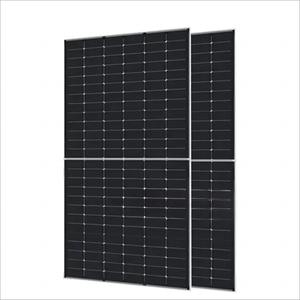
(custom aluminum extrusion heatsink aluminum heat sink)
REQUEST A QUOTE
RELATED PRODUCTS
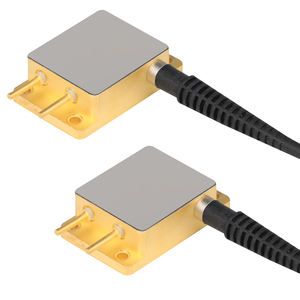
Rapid Sample 6061 6063 120x33mm Aluminum Extruded Heat Sink Industrial Extrusion Aluminum Profile heatsink

Custom Design Square heatsink Anodized Extruded Large Aluminum Extrusion Profile Heat Sink

Anodized Deep Processing Sunflower Close Tooth Lamp Heatsink Round Led Aluminum Profile Extrusion Heat Sink

Free Sample Custom Extrusion Led Square Aluminum Body heatsink Heat Sinks
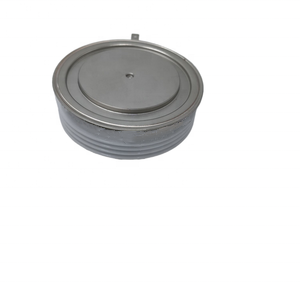
Hot Heatsink Cooler Anodized Extruded Large Aluminum Extrusion Profile Heat Sink
